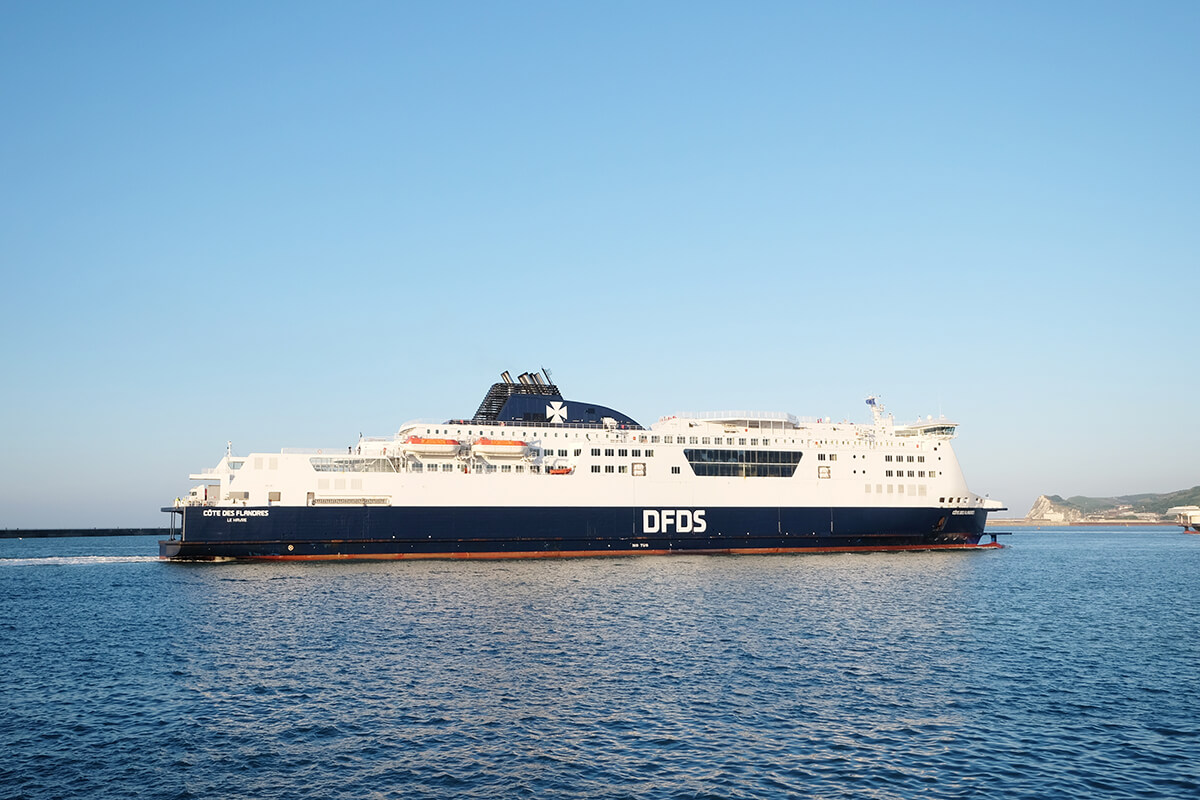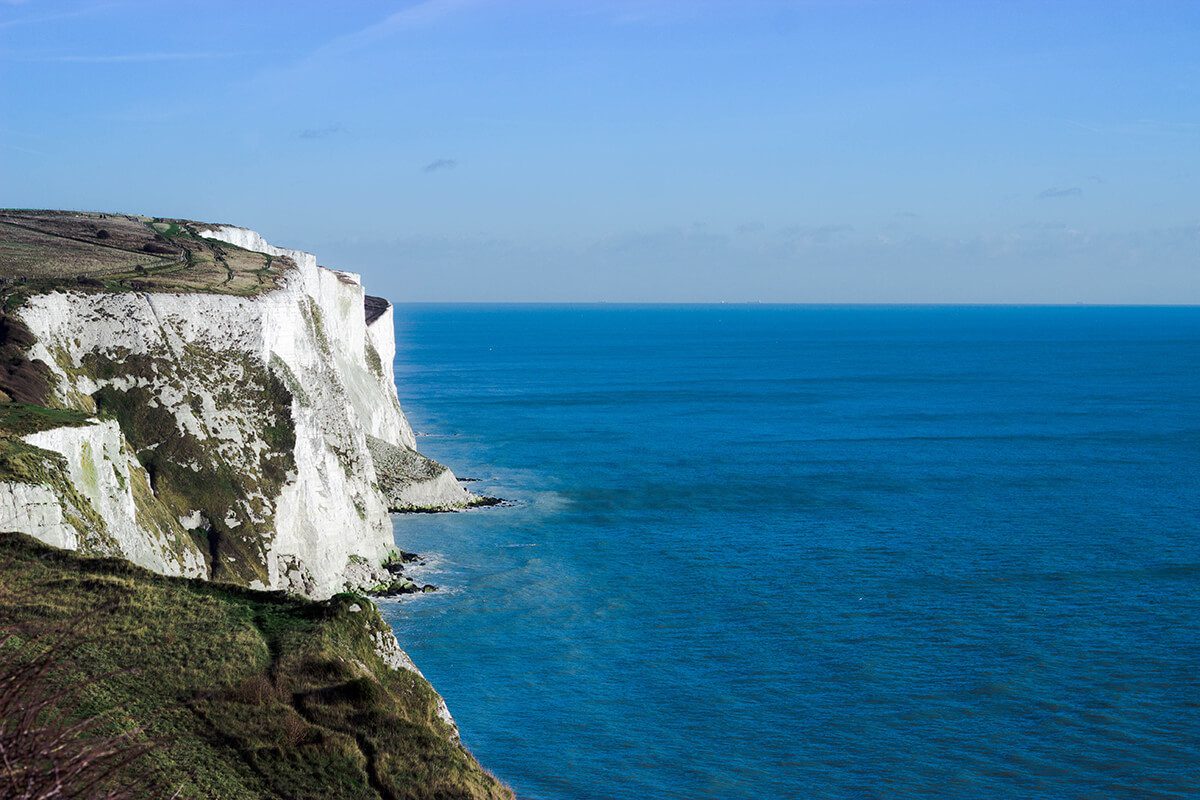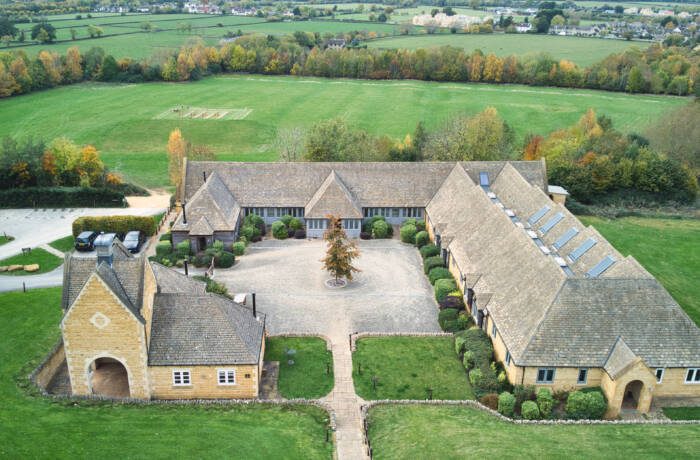
The DFDS ferry from Dover to Calais only takes 90 minutes, but with beautiful views, good food, and the comforts of a VIP lounge, you’ll wish the journey was longer, says LUX’s Editor-in-Chief Darius Sanai
What is the most curious new development of early 2019 was a report stating that sales of paper maps are actually increasing. The report quoted extensively from the august merchant of the world’s greatest and most detailed maps, the cartographers Stanfords of Longacre in London. Apparently, in the era when your phone contains not just a map but predictions for exactly you should be doing in the confines of that map, the lure of the paper map is increasing, not decreasing – in some cases, anyway.
On the face of it, this seems bizarre. Why would we need a foldout map, when everything you might have a need to know about a journey is stored inside your phone, and by tapping your destination, it will not only tell you how to get there, it will tell you exactly how long it will take you to get there and how many people recommend the fish pie at each restaurant en route. Astonishing progress. Or is it?
Follow LUX on Instagram: the.official.lux.magazine

The iconic white cliffs of Dover
Your electronic devices all about maximising the efficiency of delivering a certain message in a certain way. Yet the art of travel is precisely the opposite. Your journey is not data to be downloaded in a microsecond. It is something to be indulged in and appreciated in itself, not simply a means to an end.
These days, there are many very efficient ways to get from Britain across the continent of Europe (Brexit aside), including a plethora of travel by aircraft to different hubs, high-speed trains, and of course the tunnel under the Channel. But all of these assume that the two points of interest in your journey are the beginning and the end, and nothing in between. Or, in the case of the tunnel, assuming that the speed with which you get from one side of the water to the other is more important than what’s above.
Read more: Ingenuity is crucial to human destiny
Until relatively recently you might have been forgiven for avoiding the option of ferry travel, as the vessels that sailed from the UK to France were not the most sophisticated, even though they had their own romance. So, recently, on a DFDS ferry from Dover to Calais, we were both delighted and astonished. An efficient cafeteria served a selection of French-biased food (real vegetables, properly cooked, accompanying meats of various types) which you could take and eat at your leisure in the refectory overlooking the stern of the ship. France, to start with a line in the distance, became a distinct outline of cliffs, beaches, and buildings by the end of the meal.
Meanwhile, a walk round to the outside deck at the back revealed the cliffs of Dover, slowly fading into the haze, as we left the seagulls behind.

The VIP lounge offers a comfortable space for travellers to relax and enjoy the views
But the most compelling aspect of all, besides the views, and the sense of reality that you are crossing a body of water between one part of the continent to another (a body of water that has proved the difference between independence and conquest for Britain since 1066), was the simple comfort of the VIP lounge. Here for an extra fare, you can relax in absolute silence on the array of sofas and help yourself to a selection of drinks and snacks. And read magazines and newspapers while watching the world go by for the windows. As an element of a long journey, it is a real respite break for drivers and passengers. It is not inaccurate to say that we were rather disappointed with the announcement that came after just over an hour into the journey, that we would soon be disembarking at Calais.
And there’s the rub. Taking the ferry is actually barely any slower than going underground when all the elements of boarding and embarkation are taken into account. If it’s rough, you may wish to spend a bit more time outside, but you still feel like you have been somewhere, properly traveled, rather than simply been transported. We will be doing it again this summer.
Book your journey: dfdsseaways.co.uk








